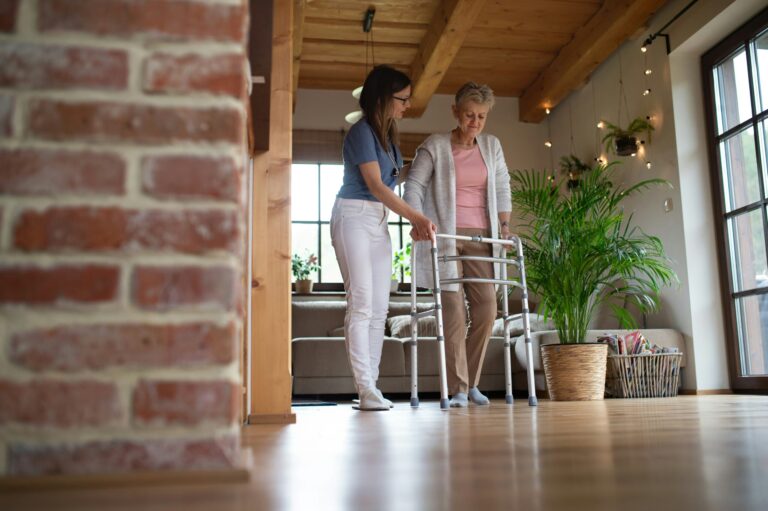As the baby boomer generation continues to age, the demand for senior housing solutions has surged. A report from the National Aging in Place Council (NAPC) released on July 22, 2024, highlights this significant shift in the housing market, driven by the need for age-friendly living spaces that cater to the specific needs of older adults. This growing trend is reshaping the senior housing sector, with healthcare providers, developers, municipalities, and seniors themselves all working together to meet the increasing demand for appropriate housing options.
The demand for senior housing is largely driven by the aging of the baby boomer population, a group that now requires more specialized living solutions. As these individuals seek to age in place—living in their homes or communities as they grow older—they are looking for homes that offer both independence and support. The housing sector is responding with a variety of senior living options, including independent living, assisted living, and memory care communities. These developments are designed to provide not only a safe and supportive environment but also a community where seniors can remain active, healthy, and socially engaged.
A key moment in this trend has been the rise of senior housing communities that offer a wide range of services and amenities tailored to older adults. Many of these communities are designed with features such as on-site medical care, fitness centers, social spaces, and wellness programs to promote a healthy lifestyle. These amenities help seniors maintain independence while also providing access to the care they may need as they age. Whether it’s routine medical services, social activities to combat isolation, or specialized care for those with memory challenges, these communities are built to support aging in place while ensuring that residents’ evolving needs are met.
The long-term effects of this trend are expected to be profound, with continued growth in the senior housing market. As the baby boomer generation continues to age, there will likely be an increasing need for housing options that cater to the specific needs of older adults. Developers are already focusing on creating homes and communities that provide a balance of comfort, independence, and necessary services. From homes designed with universal accessibility features to entire communities built around the needs of aging residents, the future of senior housing is expected to look very different from traditional housing models.
This shift is also likely to reshape the broader residential real estate market. As more attention is given to creating homes and communities that allow seniors to age in place, developers may increasingly incorporate features like single-story floor plans, wider doorways, and assistive technologies into their designs. These changes will not only address the physical needs of seniors but also enhance their quality of life by promoting greater independence and social connectivity.
In conclusion, the growing demand for senior housing is a reflection of the aging baby boomer generation and their desire for living spaces that provide both independence and support. The trend toward age-friendly communities with integrated medical care, wellness programs, and social opportunities is reshaping the senior housing market and the way homes are designed and built. As the population continues to age, the focus will increasingly shift toward creating homes and communities that meet the unique needs of older adults, ensuring that they can remain active and engaged while aging in place.
